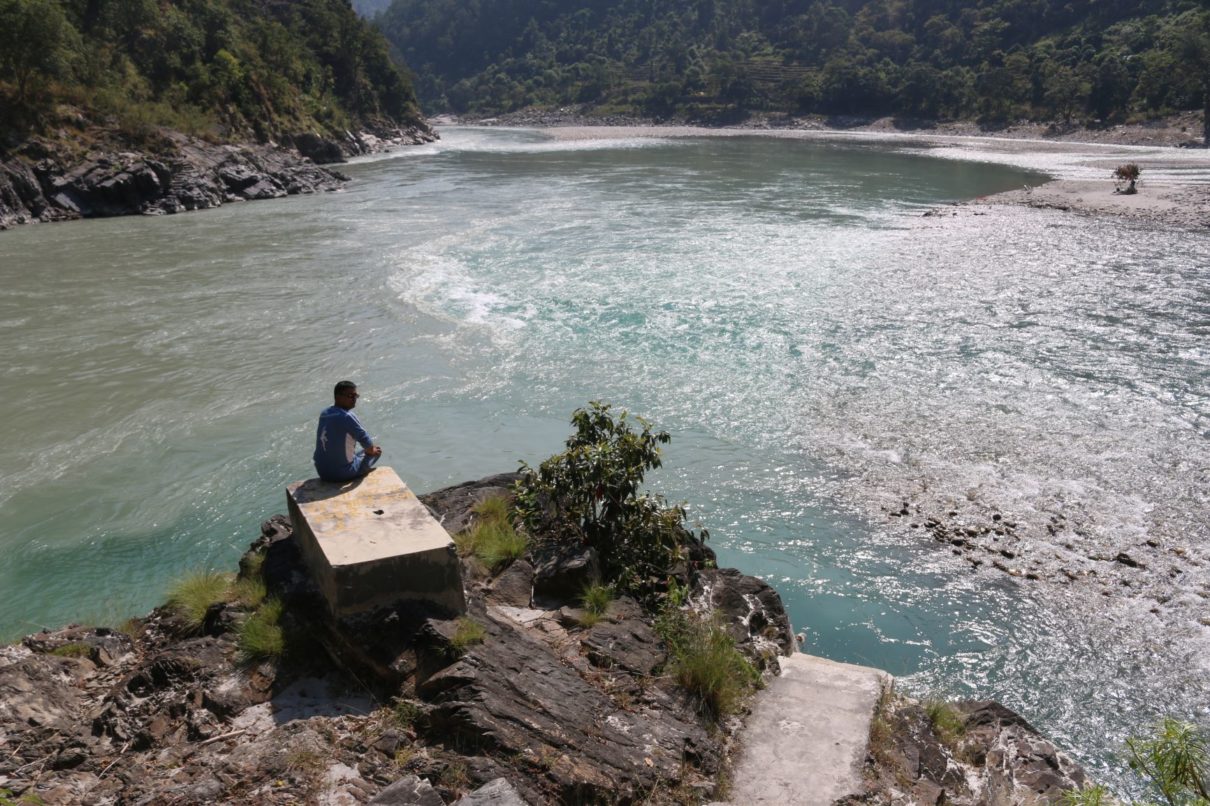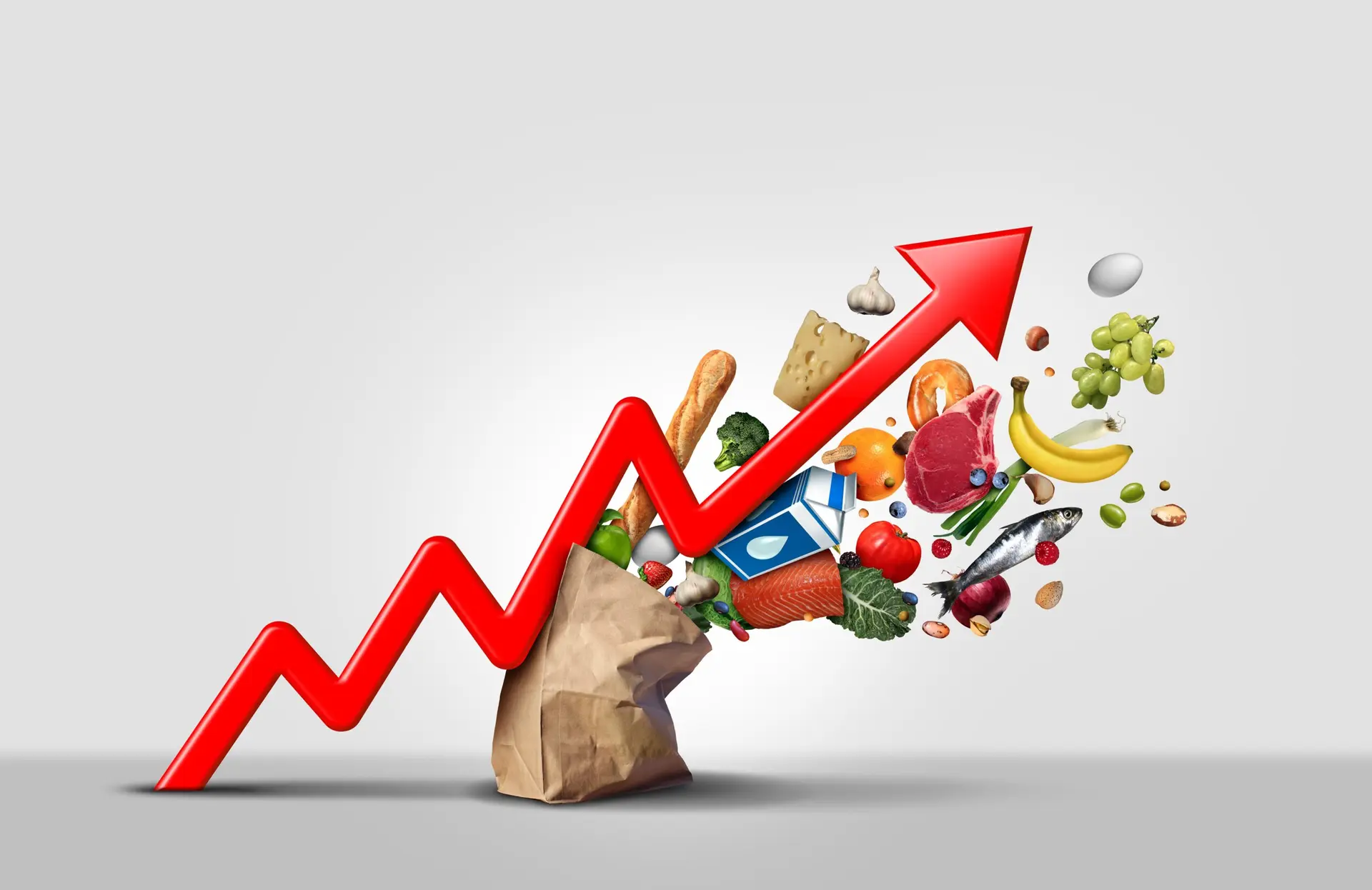A large part of the problem lies in the fact that alcohol is culturally and socially accepted. Many don’t think consuming it is bad. It’s rather the opposite—if you don’t drink, you don’t fit in at social events. Celebrations call for a shot. A hard day at work demands a glass of beer or two. In some indigenous cultures, alcohol is sent to the bride’s family during weddings and there is even a ritual of offering alcohol to the deceased. The Newars brew alcohol on many important occasions including religious ceremonies.
“People drink alcohol under different pretexts. The government turns a blind eye to it because the liquor industry generates revenue,” says Tsering Wangdu, founder of Sober Recovery and Rehabilitation Center (SRRC). The biggest challenge in tackling alcohol addiction is the stamp of approval drinking seems to enjoy in our culture. But the use of alcohol is associated with an increased risk of injuries, accidents, and even fatalities. According to the Nepal Police, there have been lots of cases of alcohol-induced altercations. There are even instances of domestic abuse and sexual violence among other crimes. Earlier this year, a man from Parsa was killed in a theft gone wrong. Dhruv Bahadur Khadka, 57, was returning from a party when he bumped into Ram Bahadur Thapa. Since Khadka was drunk (witnesses at the party said he couldn’t even stand straight), Thapa saw this as the perfect opportunity to rob him. After coaxing him into a taxi, saying he would drop Khadka home, Thapa took him to a dark alley and punched and kicked him while trying to rob him. Studies have shown that children of alcoholics have higher chances of becoming addicted themselves. Alcoholism often leads to many health, social, and family problems. Shishir Thapa, the founder of Cripa Nepal, says he has seen people from all kinds of backgrounds—from daily wage earners to reputed doctors—risk financial ruin or be estranged from their families because of their addiction. Wangdu adds divorce cases have gone up as sober spouses find it difficult to deal with drunk partners. When both parents drink, children are neglected and are likely to get into bad situations, not to mention the emotional trauma that comes with dealing with an alcoholic parent. Sajina KC, 51, who works in the development sector, lost her father when she was in her 20s. He was an alcoholic who would drink day in and day out. In the year before he passed, she must have spoken to him less than 10 times, she says. He was always drunk and passed out otherwise. KC says it was painful to watch her once-strong father wither away like that. It still hurts, she says, to know that her father might have been alive today had he not been addicted to alcohol. “I realize I’m also genetically predisposed to alcoholism. So, I try not to drink much and usually stick to a cocktail or two when I’m out with friends,” says KC, confessing that she enjoys a drink and finds reasons to grab one after work, and that scares her. Those who work at rehabilitation centers say addiction starts like that. One drink leads to two and then to several. Eventually, you become a habitual drinker, says Wangdu. “There is no other way than to just go cold turkey.” But that’s easier said than done and relapses are common, both in habitual drinkers who want to quit as well as chronic alcoholics. The success rate of recovery at SRRC is around two percent. That’s because people rarely stay longer than the stipulated four months. Either the patient himself goes home saying he would like to try staying sober on his own or his family members take him home for various reasons like weddings or religious functions. “If people were to complete the course of treatment, then the success rate would be higher. But how long a person needs to stay in the center depends on how bad his addiction is. Some require four months, others might take six or eight,” says Wangdu who believes family support is essential for a person to come out of alcohol addiction. An alcoholic usually doesn’t realize he needs help until it’s too late. Family members have to step in, he says. “They have to ensure their alcoholic parent or child, or sibling gets to rehab and stays there for however long it takes to get out of addiction.” Thapa, on the other hand, says the government needs to support rehabilitation centers to make their work more impactful. “There are no awareness programs on the effects of excessive consumption of alcohol. Rather, social media glamorizes it,” says Thapa adding celebrities promote a drinking culture with photos of parties and gatherings where they are seen holding glasses of wine or downing shots. “It’s time we realized there are no upsides to drinking and stopped promoting it as a ‘cool’ activity,” he says.











